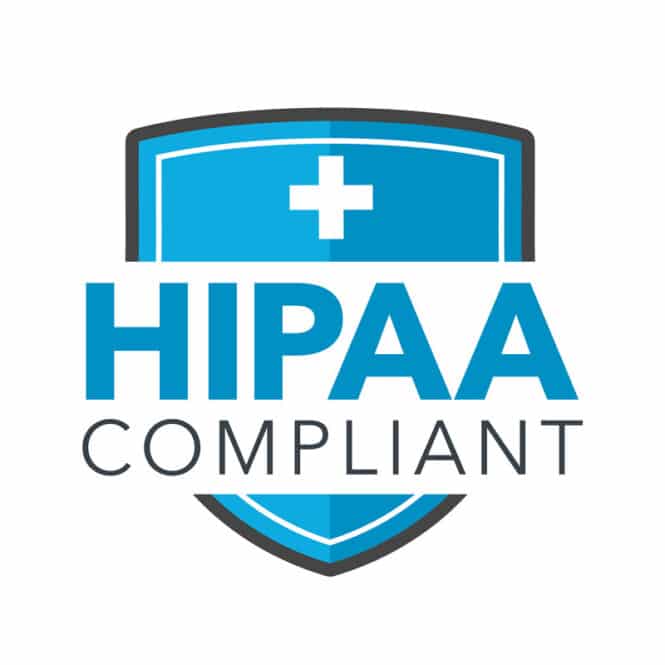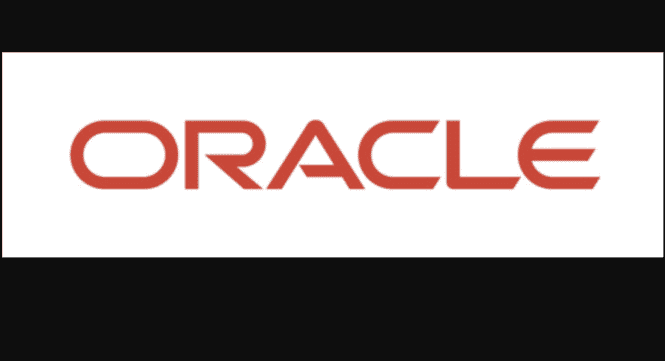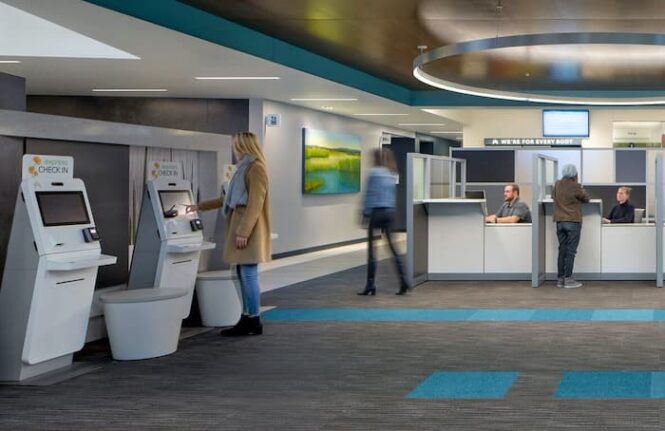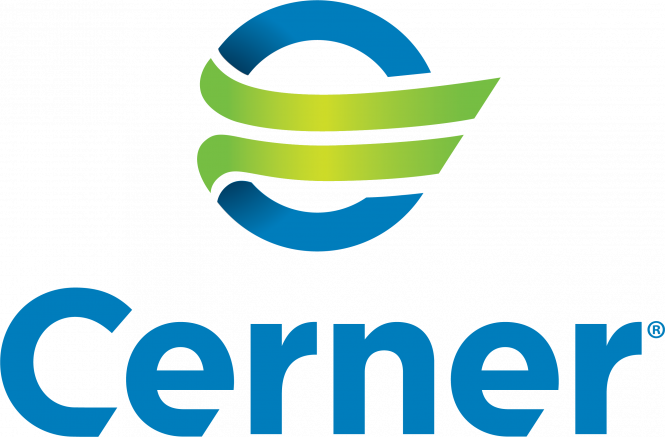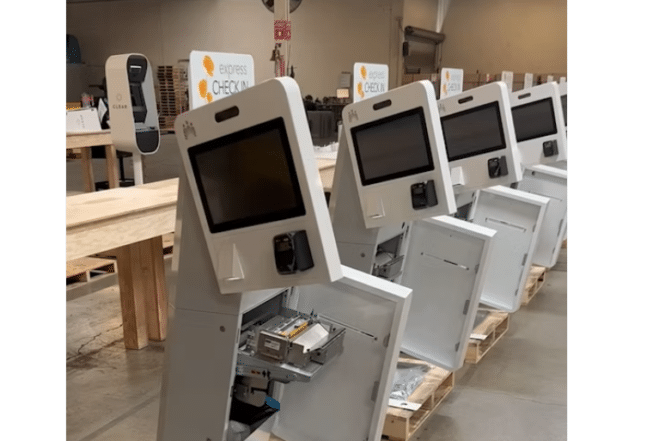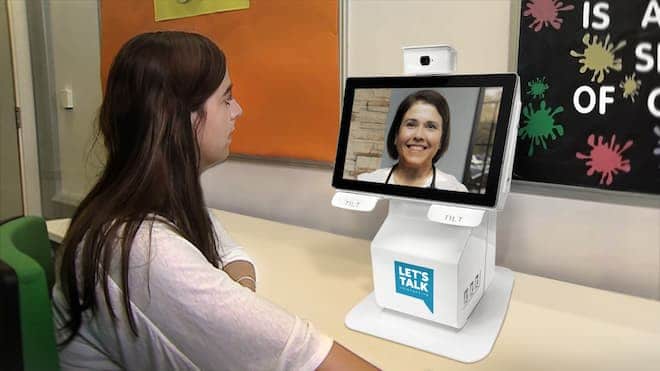
Telehealth Accessibility
As we commemorate the 32nd anniversary of the Americans with Disabilities Act (ADA), the Justice Department and the Department of Health and Human Services (HHS) are partnering to publish guidance on the protections in federal nondiscrimination laws, including the ADA, Section 504 of the Rehabilitation Act of 1973, Title VI of the Civil Rights Act of 1964 and Section 1557 of the Patient Protection and Affordable Care Act, requiring that telehealth be accessible to people with disabilities and limited English proficient persons. These laws work in tandem to prohibit discrimination and protect access to health care. The guidance is available here on the Justice Department website. The guidance is also available here on the HHS website.
“Telehealth has become an evolving and common pathway for accessing healthcare, particularly as our society becomes increasingly digitized,” said Assistant Attorney General Kristen Clarke of the Justice Department’s Civil Rights Division. “It is critical to ensure that telehealth care is accessible to all, including patients with disabilities, those with limited English proficiency and people of all races and national origins. Federal civil rights laws protect patients from discrimination regardless of whether they are receiving health care online or at the doctor’s office. The Department of Justice will vigorously enforce the ADA and other civil rights laws to ensure that health care providers offering telehealth services are doing so free from discrimination.”
“We have seen important expansions in health care technologies, such as telehealth, that provide great convenience and help for people seeking care,” said Acting Director Melanie Fontes Rainer of HHS’s Office for Civil Rights. “This guidance makes clear that there is a legal obligation to ensure that all people receive full access to needed health care and can connect to telehealth services, free of discriminatory barriers. While we celebrate the progress of the ADA, we know how important it remains to uphold the rights of people with disabilities and other protected individuals to make our country accessible and inclusive for all. That work has been a priority of this Administration from day one, and President Biden’s Executive Order on advancing equity explicitly includes people with disabilities in its call for comprehensive action.”
Technological developments and the COVID-19 public health emergency have increased the importance of providing telehealth and greatly expanded its use. Telehealth can take many forms, including communication between a patient and a health care provider via video, phone or other electronic means. While telehealth has many benefits, including making health care more available and convenient, certain populations may face discrimination or other barriers in accessing care provided via telehealth. For example:
- A person who is blind or has limited vision may find that the web-based platform their doctor uses for telehealth appointments does not support screen reader software.
- A person who is deaf and communicates with a sign language interpreter may find that the video conferencing program their provider uses does not allow an interpreter to join the appointment from a separate location.
- A limited English proficient person may need instructions in a language other than English about how to set up a telehealth appointment.
The HHS Office for Civil Rights and Justice Department’s Civil Rights Division have collaborated to provide this new guidance to help health care providers better understand their nondiscrimination obligations and patients better understand their rights under federal law in this area. The guidance provides examples of actions that may be discriminatory and describes steps that providers may need to take to ensure that health care offered via telehealth is accessible. The guidance also provides a list of resources that providers and patients may wish to consult for additional information about telehealth and civil rights protections.
If you believe that you or someone else has been discriminated against because of your race, color, national origin, disability, age, sex or religion in programs or activities that HHS directly operates or to which HHS provides federal financial assistance, you may file a complaint with the HHS Office for Civil Rights at: https://www.hhs.gov/civil-rights/filing-a-complaint/index.html.
If you believe that a telehealth provider has violated your or another person’s civil rights, you may file a complaint with the Department of Justice Civil Rights Division at: https://civilrights.justice.gov/#report-a-violation.
More Posts


